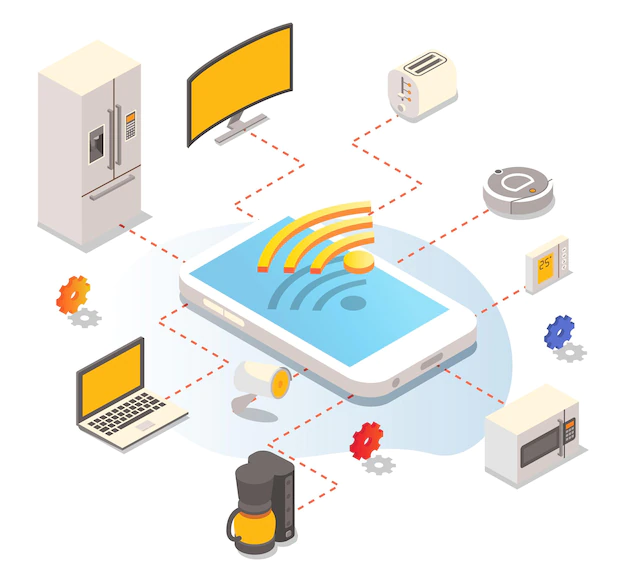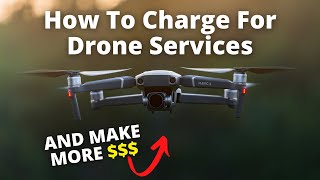The Internet of Things (IoT) is the term used to describe the growing number of connected devices that operate independently of a central authority. IoT applications range from simple home automation systems to smart factories, hospitals, and transportation networks. In this blog post, we will focus on the different types of devices and their possible applications in an IoT environment. Read on to learn more!
What devices can be used in an IoT application?
There are many different types of devices that make up the IoT world. The most common ones are the sensors, actuators, and the connected devices. There are also many smaller types like the sensors embedded in keypads, doorbells, or refrigerators.
How to evaluate the feasibility of IoT applications
Typically, the first step in any IoT application is to identify the devices that make up that environment. Since each device has its own unique identification number (ID) and location, this can be used to link sensors and other devices. Once the environment is linked, the application can monitor the state of the environment and take appropriate actions.
What data is necessary for successful IoT implementation?
An effective IoT solution requires data. In order for the IoT system to function, it must be able to receive and send data to and from the devices that make up the system. Likewise, the devices must be able to receive data from the system and send data to other devices. A fully effective IoT solution will contain multiple channels of data. Sensors will typically have data channels, actuators will typically have another data channel, and the devices that form the rest of the system will typically have their own data channels.
How to implement an effective IoT solution
The implementation of an effective IoT solution is critical to its success. This is because the success of an IoT solution depends on how well the sensors are connected to each other and to the devices that make up the system. Therefore, an effective solution will contain multiple channels of data.
The difference between Machine-to-Machine (M2M) and Internet of Things (IOT)
M2M vs. IoT – While M2M devices are often connected to another machine, the Internet of Things is about connecting devices directly to the internet. This means that data can travel through the devices and be received by the other devices, or it can travel through the internet and be sent to other devices. There is no central authority involved in the operation of an Internet of Things system. Each device works on its own, and data is sent and received at the pace and through the channel that the device chooses.
Bottom line
The difference between Machine-to-Machine (M2M) and Internet of Things (IOT) is huge. While M2M is often connected to another machine, the Internet of Things is about connecting devices directly to the internet. This means that data can travel through the devices and be received by the other devices, or it can travel through the internet and be sent to other devices. There is no central authority involved in the operation of an Internet of Things system. Each device works on its own, and data is sent and received at the pace and through the channel that the device chooses.




